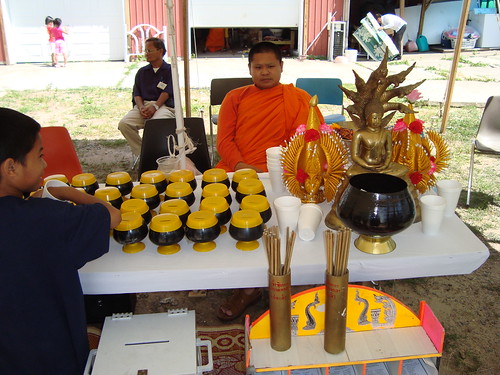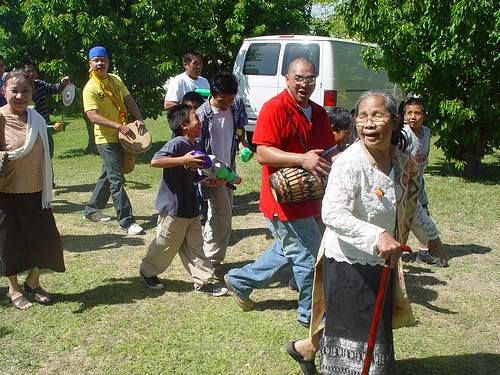
The Lao New Year historically coincides with the end of the dry season and the start of the monsoon season.
The first day is Sangkhan Long, the last day of the year, and during this time most people will clean their houses both figuratively and metaphorically to get ready for the New Year.
The second day is Mueu Nao, the transition day between the Old and New Year. Traditionally, this is a day believed to be one when bad luck and misfortune can easily happen because the spirit of the Old Year has left while the spirit of the New Year is still en route. Most families recommend staying home and resting.

The third day of the celebration is Sangkhan Kheun, when the spirit of the New Year has arrived, and most people will celebrate by going to the wat with offerings for the monks, including flowers, water and food.
During most Lao New Years observed around the world, once the key ceremonies are observed, people will go and observe the Boun Haut Nam, dousing each other with water as a symbol of cleansing the body of bad karma and preparing to receive the good fortune, karma and luck of the New Year.

This year will be the year 2552 according to the traditional Buddhist calendar!

No comments:
Post a Comment